de Velde
Axel Enthoven
Emotion, ratio, function and beauty are the four content parameters on which the work of Axel Enthoven (born 1947), Jean-Pierre Geelen (born 1959), and Alain Denis (born 1955), together forming the Enthoven Associates Design Consultants, is based.
Specialising as generalists
These four basic principles are in such proportions in his projects that they become more than the sum of the parts and define the added value of his design.
The typology of Axel's work is large and divergent. He has designed almost everything there is to design: from cooking pots to textiles, from furniture to sanitary fittings. His most beloved items are buses, trains and trams. In that sector he competes with the best agencies worldwide like Pininfarina (I), MOB design (F), Roger Talon (F), DCA (UK) and Neumeister (D). They are the competitors when leading companies such as Alstom, Bombardier, Ad-Trans, Siemens, CAF and Ansaldo Breda issue a contract. Something the Enthoven team regularly wins, such as the contract for the Eurostar interiors 3 years ago. Currently (Oct 2004), Enthoven Associates is still in the running for the revamped Thalys interiors. He would, for example, still like to design a cruise ship and one of his wildest dreams is designing a new Flandria for the City of Antwerp.
Axel Enthoven was born as a designer. "It was probably in my genes," he tells Philip Willaert (DSM, 23.09.03). "My maternal grandfather was an interior designer and decorator; my father's father traded tobacco and my great-grandfathers ran the Staalpletterijen Enthoven steel rolling mills in The Hague. Just add a pinch of sales and marketing and the result is industrial designer Axel Enthoven."
His professional career began in 1970 when he graduated from the Academie lndustriële Vormgeving (Academy of Industrial Design) in Eindhoven. During that period he also studied at the Salesian Technical College in Tokyo and completed traineeships in Germany, Poland and the Netherlands. He worked on the Apollo project during a traineeship at General Electric in Cleveland, Ohio in the United States. The Academie lndustriële Vormgeving in Eindhoven was one of the few courses in industrial design in Europe in the 1960s. A number of Belgians were studying there at that time: Bob Daenen, Rudi Verelst, Koen De Winter, Paul Verhaert and Rob Buytaert. Verelst and De Winter emigrated to Canada, Buytaert and Daenen received the "van de Velde Award for Career" in 1997 and 2002 respectively and Paul Verhaert has become a world leader in product development.
Emiel Truyens of TEL-design, Wim Gillis (pioneer in 3D drawings in Europe) and Karel Elno, art historian and design philosopher were lecturers at the Academy in Eindhoven at the time.
Before going to Eindhoven, Axel went to school with the Jesuits. This training left its mark after his transition to the freethinking Netherlands. He still calls himself a caricaturist of taste and rebelling against the cliché is still his calling.
At the start of his career, he was a sort of missionary of industrial design. There were very few people in Flanders at that time who knew much about industrial design. Let alone companies. Nobody knew what it was. Yet he still succeeded in finding a job very quickly as a freelance designer by working one day a week for one company. In a relatively short period he was able to "rent out" his services to five companies: the furniture companies Spectrum and Leolux (NL), Mutsaerts (NL, prams and buggies). Etap (B, lighting). Aluconstruct (B, aluminium constructions) and Van Hool (B, buses). The latter quickly became a "three day company" and marked an important step in his career. Enthoven later found success with different bus manufacturers: the Galaxy for LAG (1980). the Futura for Bova (1981), a bus that was way ahead of its time and much later (1999) he did the same for the Magiq, also for Bova.
The experience with Van Hool left an important mark in his career because those assignments always related to a total industrial concept, a holistic design where literally everything had to be considered. A second important company was Etap, which provided him with a lot of knowledge on methodology through designing lighting and finally Leolux that made the name of Enthoven known internationally through its powerful PR. He also won many design prizes for his designs in those pioneering years, both abroad and in Belgium (including from the Design Center, Brussels).
The products he considers milestones in his career are the Bora Bora seat (1982) for Leolux, because it is still a commercial success, so many years after its creation, the Kaleidos (1996). a cupboard, also for Leolux, because constructive elements were integrated in it from the world of mobility, a kind of rapprochement of two worlds, the Genia bed (1999 en 2004) for Röwa and finally the Bova buses. Both buses have also become icons of design. (J. Valcke, lconen van design, Brussels, 2003).
In 1976 Enthoven started his first company Idea NV, together with Adriaan Van Der Wouden, who came from the Dutch furniture company Pastoe and Ton Baeten as employee from day one. The agency was transformed into a partnership in 1990 with the new name Enthoven Associates Design Consultants. In that period a resolute decision was also made not to opt for any further specialisation per sector or product, but rather to develop the extensive experience acquired in recent years in the various sectors further, and to apply it to the broadest possible range of industrial sectors and products. "Specialising as generalists," as he puts it. This decision naturally had an effect on the composition of and the skills within the team, e.g. focusing more on the "creative and emotional" of the subject of product design than on the calculation of technical details or engineering.
Axel's role at the agency is obviously that of designer. He designs almost all the furniture and is very intensively involved in all the transport projects. In addition he shares his years of experience with the team in many other assignments.
He also invests a great deal of time in client contacts and prospecting. Furthermore, he is the head of the Man and Mobility department at the Design Academy Eindhoven, gives regular lectures and is the face of Enthoven Associates at other events.
An important element in the history of the agency was the personal contact with Dorian Van der Brempt, which stretched over many years. Dorian Van der Brempt ended up becoming the managing director and as the only non-designer in the team, and as a result of his wide-ranging general cultural experience, was quickly named the "house philosopher" of the company by the media. "Everything starts with culture," says Axel. "seeing, understanding and feeling a mix of cultural styles and trends is incredibly important. Culture is a structural part of our company and ensures that the company can keep its finger on the pulse of society. Moreover it is a guarantee against excessive 'engineering'."
When the company was transformed in 1990 the new partners were Dorian Van der Brempt, along with Ton Baeten and Jean-Pierre Geelen, both product designers. Jean-Pierre Geelen, who has been working with Axel since 1983, is responsible for a number of clients in Europe and also for activities in Asia, which the partnership has been developing since 1990.
In 2001 there was a merger with Yellow Window Management Cons. Its founder and owner Alain Denis became a co-partner and managing director of Enthoven Associates. From their domain of management consulting & marketing, Alain and his team bring extensive knowledge in the field of "concept design" to the company.
"Over almost 30 years, Enthoven Associates has developed into a design agency at a world level with projects in Asia (Korea, Thailand, Japan, Malaysia). the Netherlands, Germany, France and Belgium. However, despite its successes it must prove itself time and again. Competition is increasing and it comes from different directions, e.g. from multinationals such as BMW, Porsche, Mitsubishi and Renault, which allow their internal or affiliated design departments with huge backgrounds and large engineering abilities to operate on the open market and consequently become direct competitors.
On the other hand, Enthoven Associates frequently works with colleague designers for temporary projects (e.g. the new double-decker trains of the NMBS in cooperation with DCA (UK)).
Enthoven Associates works in a project- and client-oriented manner. For Axel, product design begins with an analysis of the client's requests, manufacturing possibilities and financial capabilities. The cost price is always a fixed starting point. Then a framework of reference is sketched within the client's existing products and those of his competitors. In the next stage he reads the specifications document or draws one up himself. Then Axel writes a design scenario in which the experiences of the passenger, in the event of a bus or train, are described in the smallest detail. Then he takes the client by the hand and guides him through the scenario. If the client puts high confidence in him, an agreement follows. Finally the first sketches are created, on all kinds of media, sometimes even on a simple beer mat. Other times the project is created immediately on the computer. In this case a structure will have already been defined and the computer is used for rendering. Naturally, there is continuing consultation with the highest levels of the client company.
His ultimate dream is for Enthoven Associates to continue to exist, that the company's zeal is consolidated, even after he has gone, although really stopping does not appear to be an option. Should he take it a little easier, he would like to make a film with his film maker son and take up painting again. Preferably with acrylic, because it is faster. After all, he just doesn't see himself as a patient man.

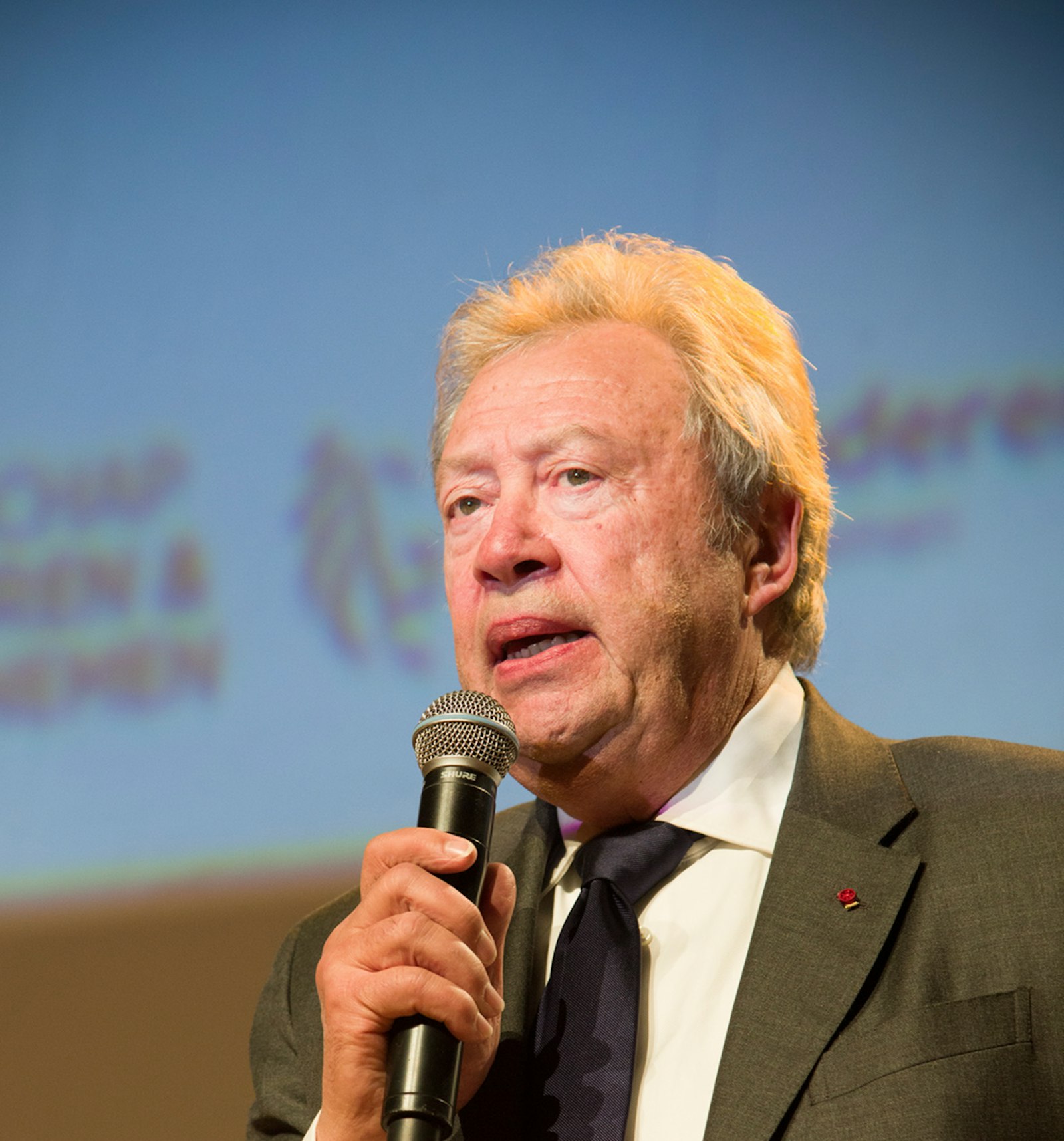
!['Galaxy', LAG [1980]](https://www.datocms-assets.com/53750/1631526150-2004enthoven-bus1.jpg?w=1600&fm=jpg)
!['Magiq', Bova [1999]](https://www.datocms-assets.com/53750/1631526146-2004enthoven-bus2.jpg?w=1600&fm=jpg)
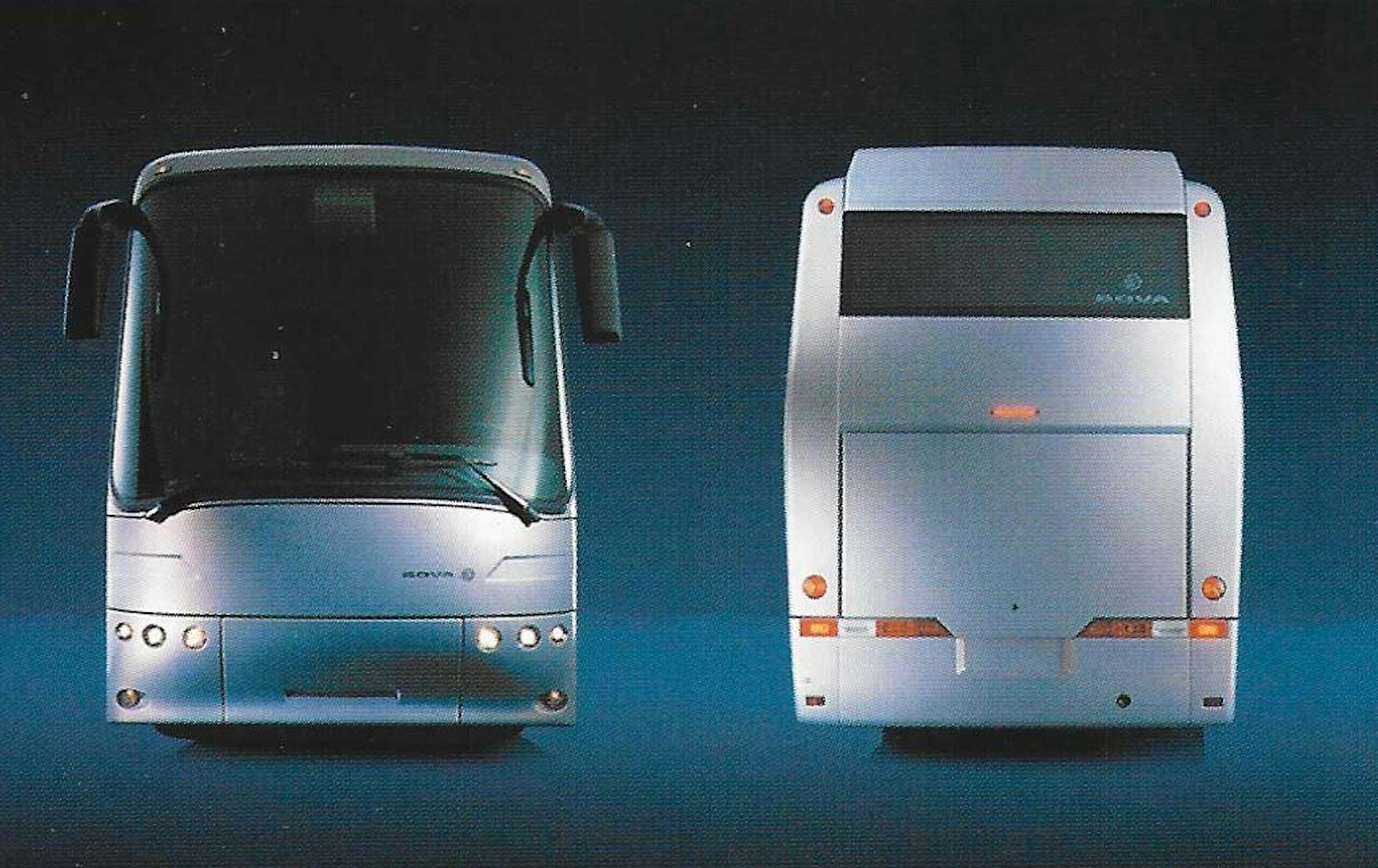
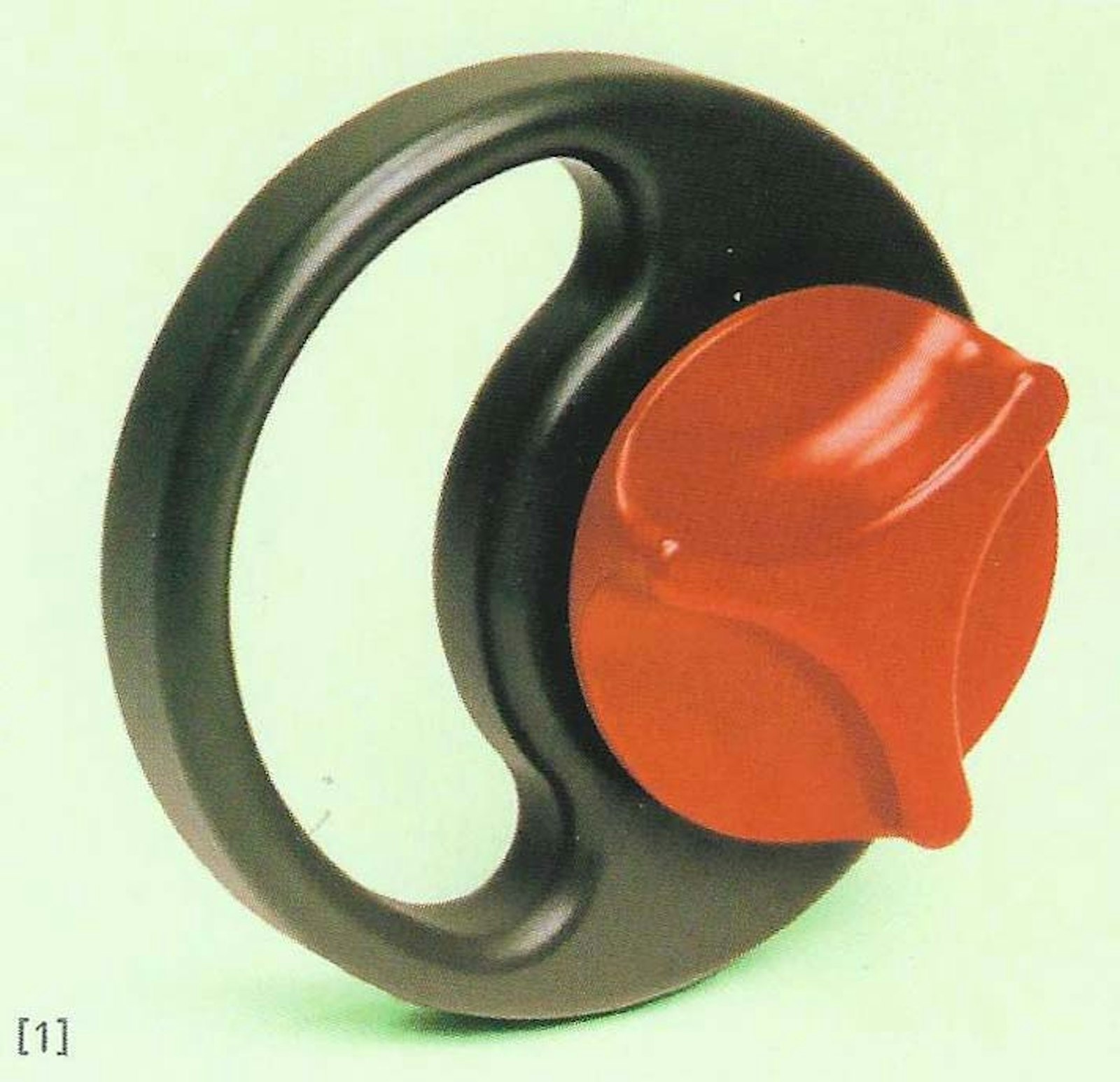
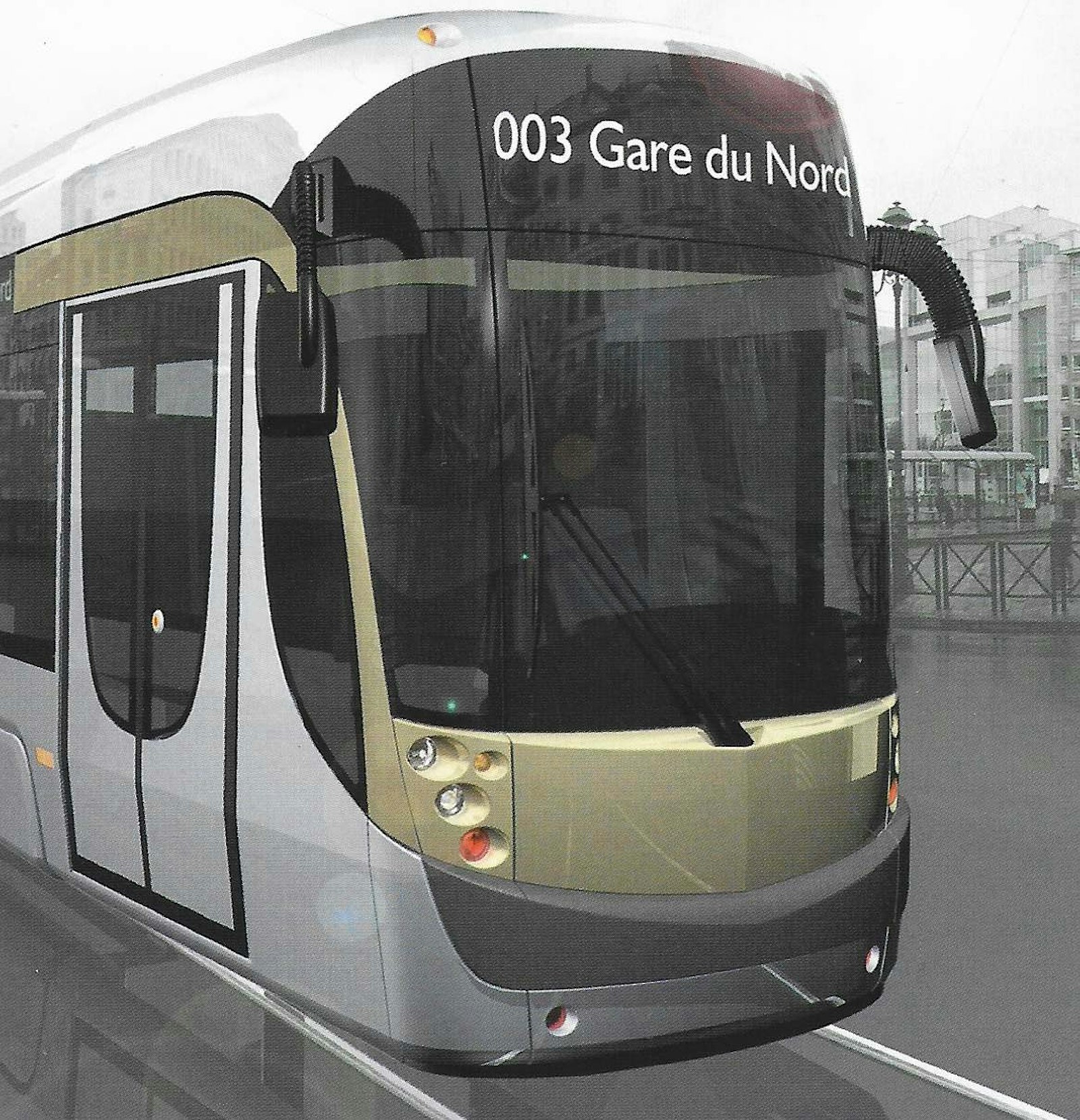
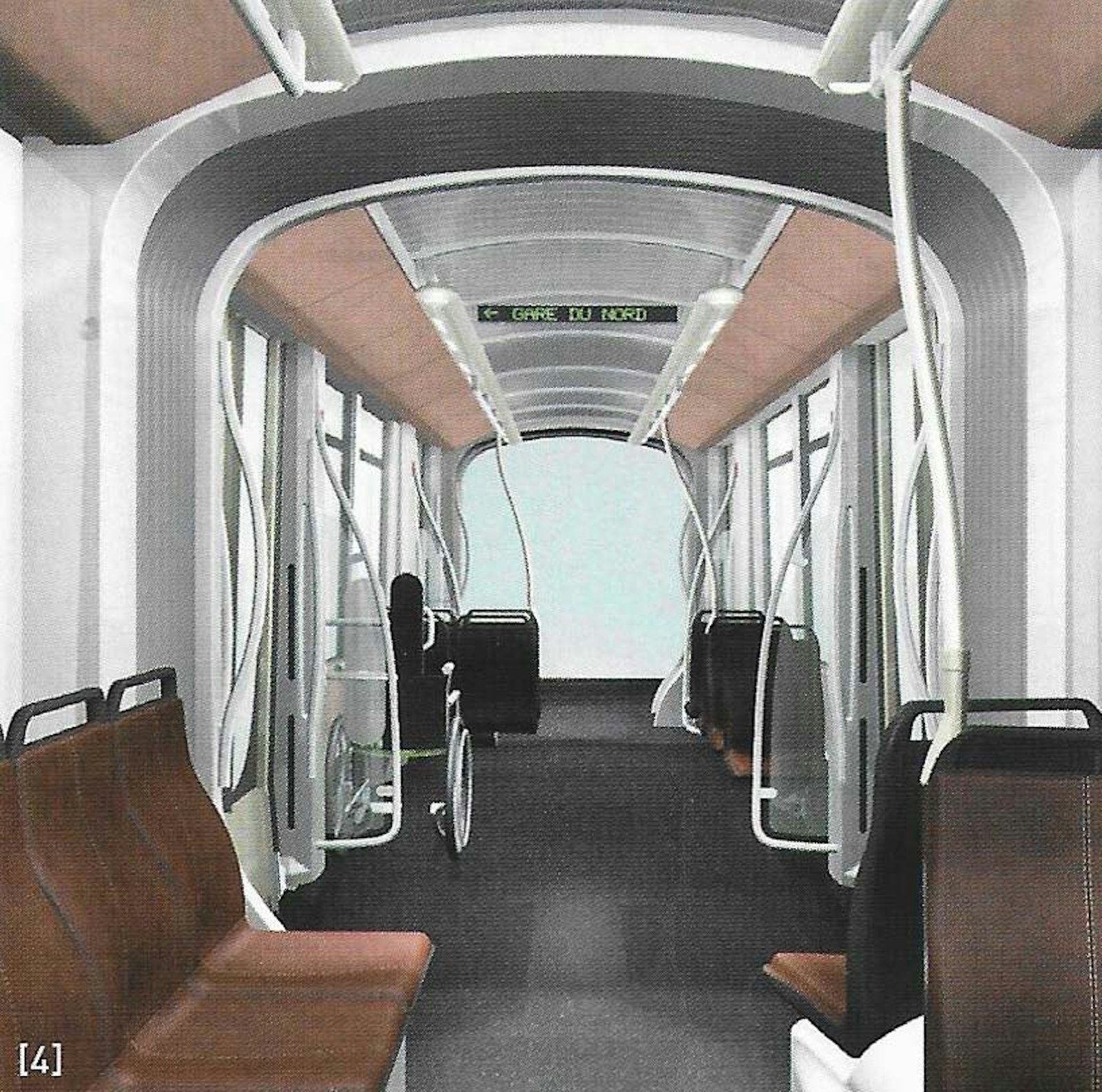
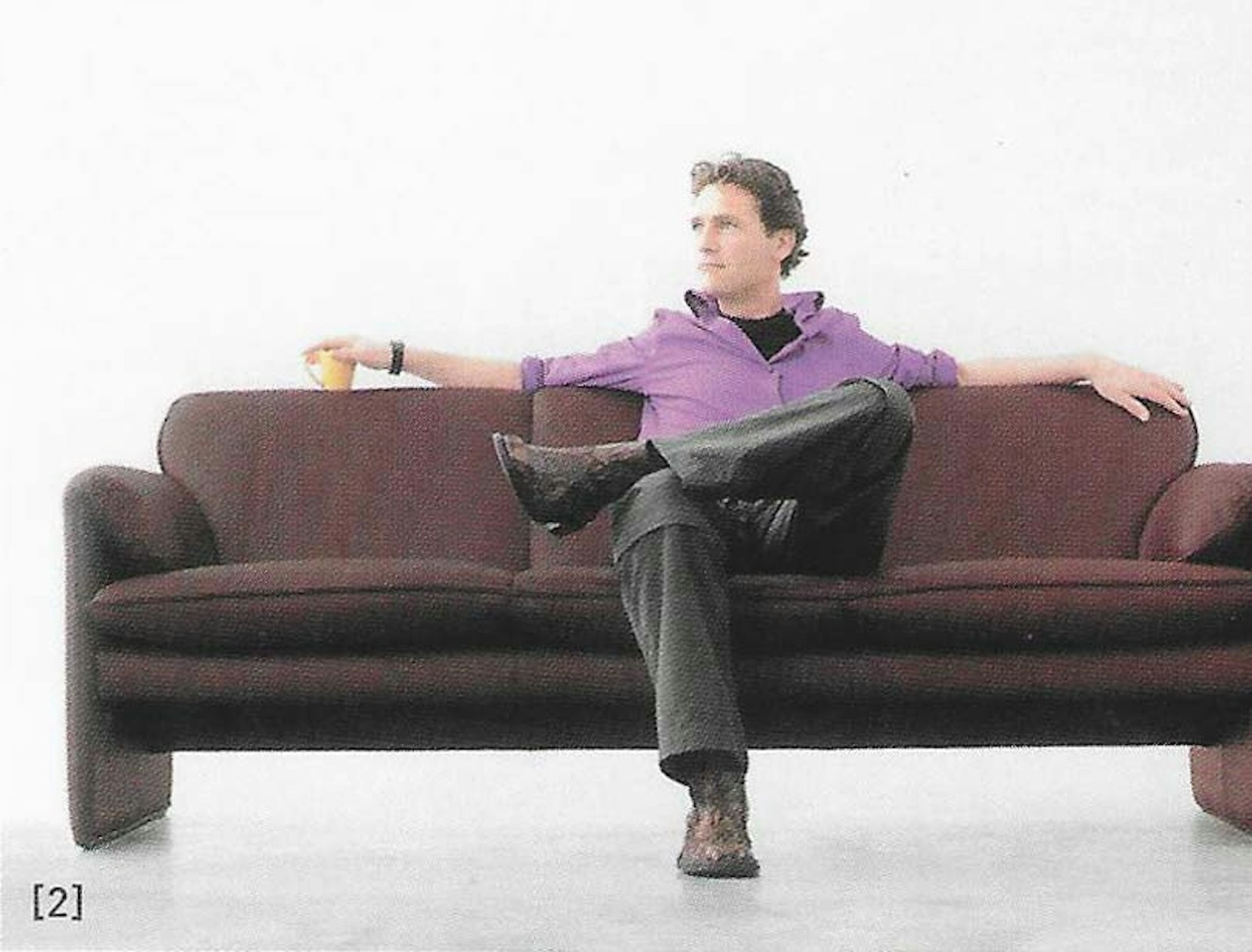
!['Solium', Cor [1982]](https://www.datocms-assets.com/53750/1631526126-2004enthoven-zetel.jpg?w=1600&fm=jpg)
![Kaleidos, Leolux [1996]](https://www.datocms-assets.com/53750/1631526136-2004kaleidos.jpg?w=1600&fm=jpg)
!['Genio2', Rowa [1998-2003]](https://www.datocms-assets.com/53750/1631526139-2004enthoven-kamer.jpg?w=1600&fm=jpg)